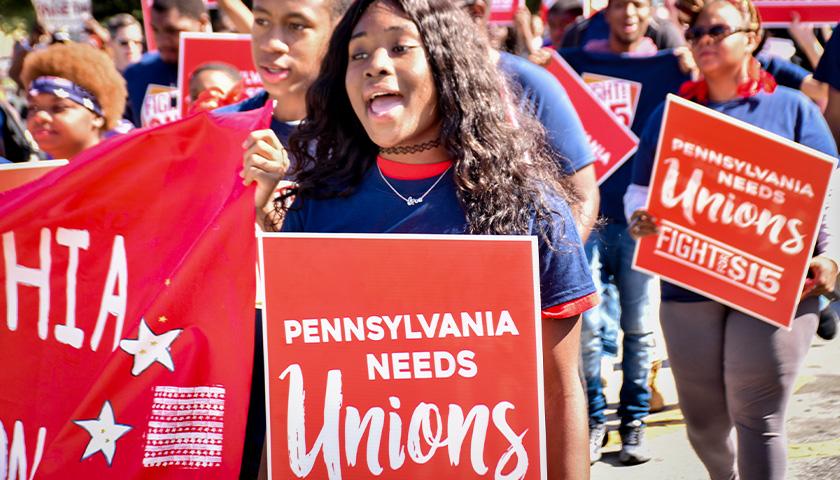Pennsylvania’s House of Representatives this week passed a measure to enshrine forced unionism in the state Constitution.
The proposed law is identical to an Illinois Constitutional Amendment enacted last year. It would prevent lawmakers from adopting a “right-to-work” policy protecting nonunion workers from being forced to pay union dues. It would also counteract any state statute that checks labor organizations’ power, thereby vastly increasing public-sector unions’ bargaining clout.
Read the full story



